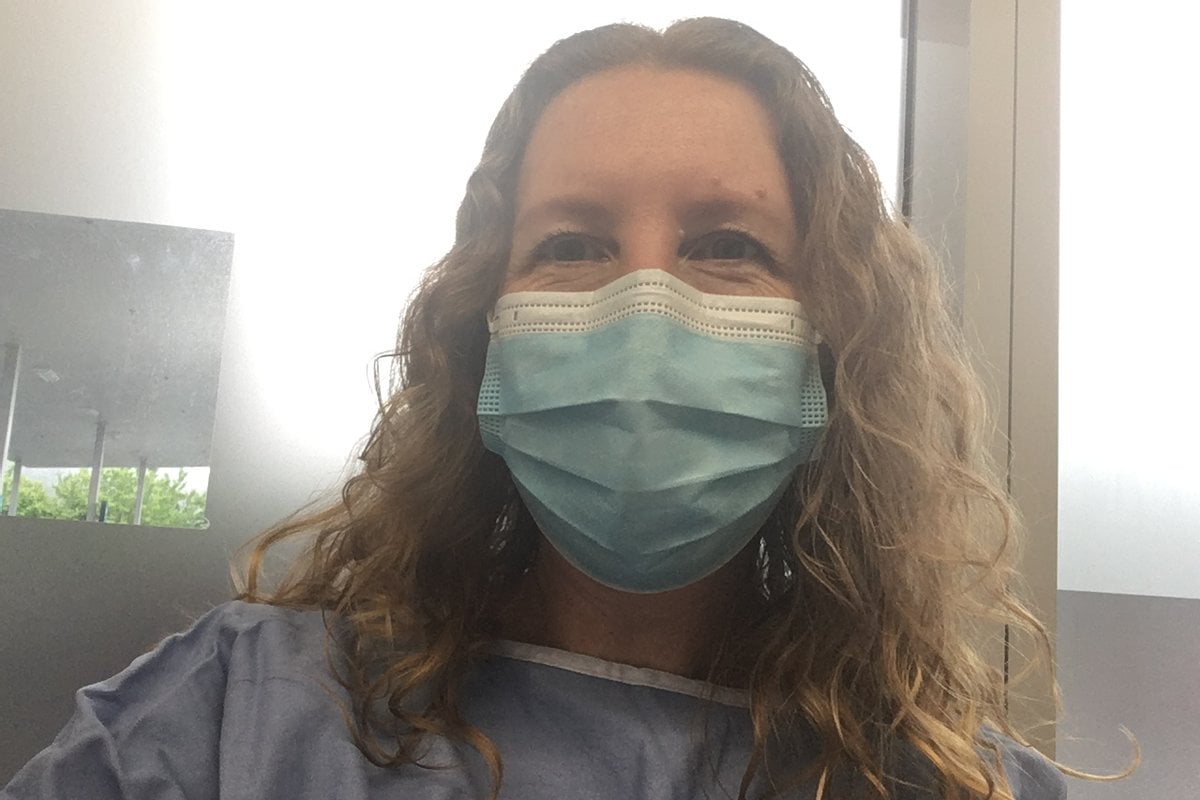
I’d heard mammograms were painful, so when I found a breast lump a month ago I got nervous. Somewhere I’d also heard, or read maybe, having your breasts squished between the mammogram plates was even worse if your breasts are small, which mine are.
At 44, I’m under the age of regular mammogram screening for women (from age 50 in Australia, although if you want to be screened earlier, it is free over 40).
But the thought of breast cancer was scarier than the mammogram, so I braced myself and went to the doctor.
I wasn’t someone who regularly did breast self-exams. They’d always confused me.
Watch: A quick how-to check your breasts - what to do, and what you're looking for. Story continues after video.
Women’s breasts are not just smooth fat. They’re made up of fibrous connective tissue and fat, milk ducts, and 15-20 sections called lobes filled with milk-producing glands (alveoli).
Depending on what your hormones are doing, it’s completely normal for breasts to be lumpy, painful, or change in size slightly. With all the normal lumps and bumps, I wondered how I would even notice a lump that wasn’t meant to be there.


Top Comments